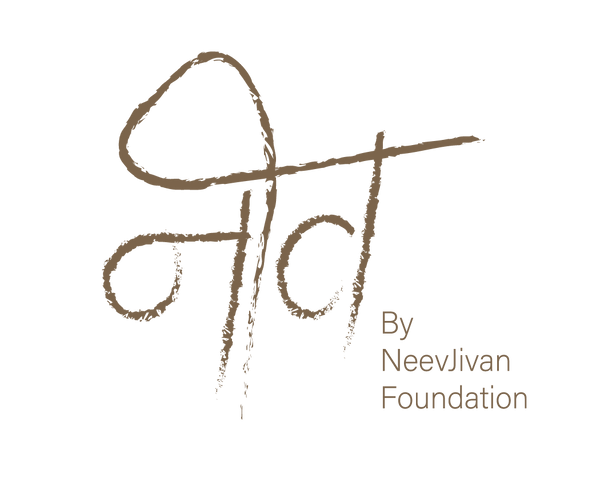Today, when global warming is continuously rising, thinking about sustainable options is our responsibility. As a common man, you might not be able to make a big impact in terms of pollution control. However, you can make small shifts in your life to contribute to the environment. One way you can do so is by eliminating the use of plastic as much as possible.
Plastic came up as a mode of convenience to society initially. However, it became a concern because of its toxic and non-degradable nature. They pile up on the ground, disturbing the soil and causing erosion. Similarly, plastic entering the ocean negatively impacts marine life, leading to the death of several fishes and other aquatic creatures every year.
There can be endless ways how you can bring this change to replace plastic with something more sustainable. One such way is by replacing plastic plates for consuming food with Patravali. Let us know how both are different from each other and how introducing Patravali plates and bowls bring a change in society.

Plastic Plates
Plastic plates have been used for ages now in gatherings, occasions, or even by food retailers and vendors. Though they are convenient to use, there are several ways they can cause harm to the environment and well as humans.
- Made of Nonrenewable Materials: Plastic is usually made up of nonrenewable fossil fuels such as natural gas or petroleum. Thus, excess use of plastic can extinguish these nonrenewable resources.
- Serious Health Impact: Plastic is made up of toxic chemicals which can impact human and animal health negatively by causing serious ailments like cancer.
- Harmful when Heated: When plastic is exposed to higher temperatures such as in microwaves, it releases harmful chemicals.
- Difficult to Dispose: One of the main concerns about plastic is that it is hard to dispose of. Thus, it accumulates on the land and ocean, disturbing the lifecycle of many organisms.
So, when there are so many harmful effects of using plastic plates, what can be the better way?
Here, we introduce Patravali, which is an eco-friendly alternative to plastic plates. Let us know more about it.
Patravali
Patravali is considered eco-friendly because of its various features.
- Made of Natural Leaves: While plastic is made up of nonrenewable materials, Patravali is made up of natural leaves that will grow back again on the trees. You will come across these plates made up of different leaves such as pala, jackfruit, banyan, dhak, and sal.
- Biodegradable in Nature: As Patravali is made up of natural leaves, it is biodegradable. It can be easily composed that mixes and fertilizes the soil. So, it does not pose any threat to the environment.
- Intangible Cultural Heritage: These plates hold a special place in the Intangible cultural heritage of India. So, these plates are continuing the cultural heritage and will let the upcoming generations know about such available and sustainable options.
- Health Benefits: Bowls, plates, and trenchers can be made easily. Patravali is also known for its various health benefits. The vitamins of the natural leaves can be transferred to the food that you are eating on these plates. In contrast to the toxic plastic plates, Patravali has antioxidant and antibacterial properties.
So, when compared to plastic plates, Patravali has proven to be a much better alternative for health benefits as well as to showcase your responsibility towards the environment.

Want to know more about Patravali?
Let us know.
Patravali - A Cultural Heritage
The tribal women in the Jawhar region of Maharashtra earn their livelihood by making these Patravali bowls and plates. The forests in the Jawhar region have an abundant amount of Palas trees that contribute towards the making of these Patravali utensils.
These Patravali bowls and plates are made up of natural Palas leaves which offers a much eco-friendly alternative to plastic and paper plates or cutleries.
While earlier, these tribal women made these cutleries by hand, modern-day machines have been offering great convenience today. These machines help offer consistent shapes to the plates and bowls made up of these leaves. Also, as these machines help create more cutleries in less time, it enhances the productivity of the work. Soon, the plates and bowls are sold at the Neev store to make selling much more convenient.
Looking forward to adopting a more eco-friendly and sustainable option towards your next party? Check out options like Patravali Plates: Pack of 25 to offer a delightful presentation to your guests. Also, as you invest in these plates and bowls made up of natural leaves, you contribute towards the environment as well as towards the livelihood of the tribal women making these sustainable cutleries in the Jawhar region.

